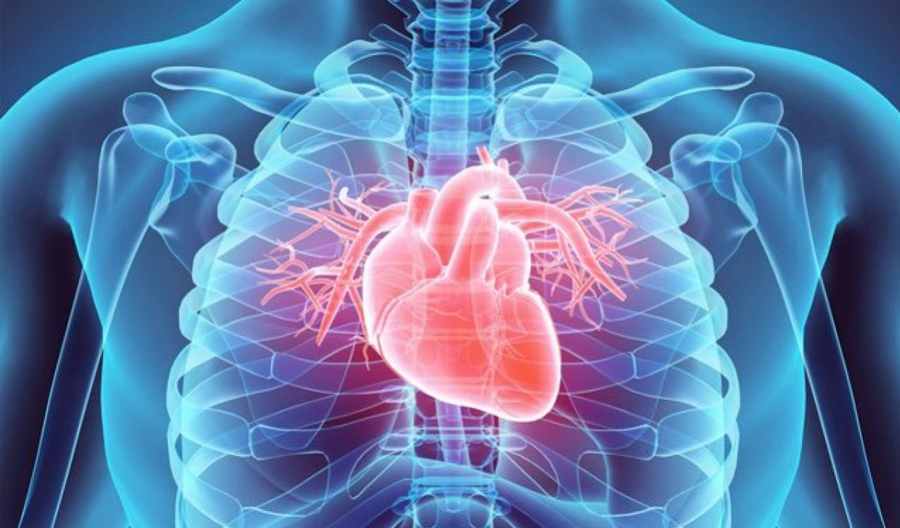Diventa socio di Sic Sport
E hai accesso al COCIS, e al Giornale di Cardiologia dello Sport la Rivista Ufficiale di Sic Sport.

P. Delise
Abstract
Brugada Syndrome and Brugada type 1 ECG pattern (BrS type 1 ECG) are currently used as synonyms. However, in the vast majority of cases, BrS type 1 ECG is a benign finding, and only few patients with this pattern have a Brugada Syndrome; that is to say, they present with, or are prone to, malignant arrhythmias.
Brugada Syndrome, when defined only on the basis of the BrS type 1 ECG, has several characteristics which conflict with those of other channellopathies such as Long-QT syndrome (LQTS). For example, there is no correlation between the magnitude of ECG anomalies and prognosis, and a genetic defect is rarely recognized. In addition, patients with malignant arrhythmias in prospective and retrospective studies have different characteristics.
Indeed, prospective studies have identified a number of risk factors which are useful (singly or in combination) in identifying patients who will present with malignant arrhythmias: spontaneous BrS type 1 ECG, syncope of presumed cardiac origin, familial juvenile SD (Sudden Death), positive Electrophysiology Studies (EPS) etc. By contrast, in retrospective studies, subjects with aborted SD in whom a BrS type 1 ECG has been identified after the potentially catastrophic event generally have no major risk factors, and 40% of them have a drug-induced BrS type 1. In other words, they are theoretically not at risk. In these latter cases, a spontaneous question arises: was a Brugada syndrome really the cause of cardiac arrest, or might the BrS type1 ECG have been a by-stander sign?
In conclusion, in Brugada syndrome, too many questions remain unanswered. In our opinion, Brugada Syndrome is an entity which needs to be re-defined on the basis of more scientific information, which is, as yet, partially lacking. In any case, the diagnosis of Brugada Syndrome should not be made only on the basis of a BrS type 1 ECG pattern.
E hai accesso al COCIS, e al Giornale di Cardiologia dello Sport la Rivista Ufficiale di Sic Sport.
Copyright 2018 SICSPORT - Società Italiana di Cardiologia dello Sport - Cod. Fisc. 96077740585
Privacy Policy - Cookies Policy - Cookies Setting | Webmaster: Studio Mikado, Roma